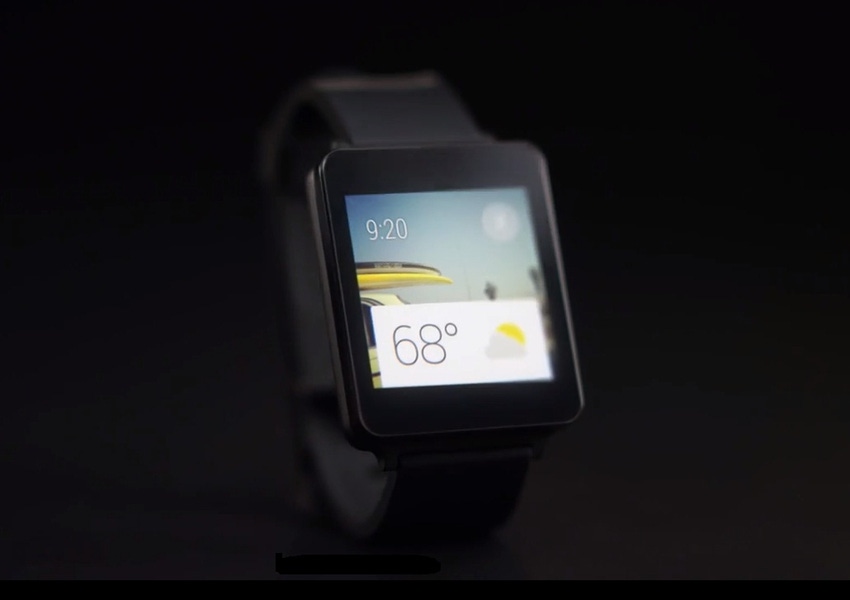Samsung is apparently lining up a new addition to its wearable range, according to a blog page heavily associated with Samsung Mobile. According to SamMobile, the Korean consumer tech giant is planning for the next addition to its range of wearable technology, which will feature 3G connectivity, but how important is having a modem to the future success of wearable technology and smartwatches?
April 8, 2015

Samsung is apparently lining up a new addition to its wearable range, according to a blog page heavily associated with Samsung Mobile. According to SamMobile, the Korean consumer tech giant is planning for the next addition to its range of wearable technology, which will feature 3G connectivity.
LG and Huawei have already announced mobile broadband or cellular connectivity to their new wearables, indicating a growing trend in developing genuinely smart smart-accessories. Samsung’s Gear S already supports 3G connectivity, but how important is having a modem to the future success of wearable technology and smartwatches?
Samsung seems to have gone all-out on its wearable tech range over the past 18 months or so, with the rumoured “Gear A” due to be the seventh rendition of its smartwatch. Other products in the line include the Gear, Gear 2, Gear Fit, Gear Neo, Gear Live and Gear S; and only the Gear Live currently supports the Android Wear OS platform. The remaining products in the range all run Tizen, the open-source platform being spearheaded by Samsung itself.
It seems as though Samsung has taken a bit of a scattergun approach to the wearable market, but it’s interesting to see some rumours developing around some potentially impressive functionality in the Gear A. Consumer tech site Techradar reckons the smartwatch will do away with the square build of its predecessors (and of the imminently arriving Apple Watch) in favour of a round design, as well as a built-in camera and recognition of objects, images and barcodes, health monitoring capabilities, a rotating bezel (edge) for control and even the potential ability to act as one’s TV remote control or car key.
While not exactly a new concept, the fact that Samsung is, allegedly, building in 3G is indicative of the way in which wearables will probably evolve.
One of the central questions to the wearables discussion relates to the relationship between phone and watch. As things stand today it feels like wearables are answering a question that hasn’t been asked, and most smartwatches so far have played alongside phones as a dumb accessory, and that includes the impending Apple Watch. Adding in a SIM seems like the next logical step for bringing wearables to mainstream consumer attention.
Smartphones are essential and irreplaceable to modern consumers, but having a smartwatch that can adequately perform the fundamental communication capabilities of a phone, without the need to tether or have proximity of the two, certainly provides an added value proposition beyond the ability to read tweets on the go without the inconvenience of removing one’s phone from one’s pocket.
LG has already moved quickly to announce what it claims to be the first 4G smartwatch with an in-built LTE modem, the LG Watch Urbane LTE. Samsung’s Gear S also has a 3G modem built in, and Huawei announced a smartband with what it refers to as “4.5G” tech.
It’s somewhat surprising that the Apple Watch hasn’t been built with any sort of modem – the technological capability is certainly there as we’ve seen with its competitors. The Apple Watch has been positioned as a fashion accessory, however, and building in a modem adds more size and weight to a product where the line between slender and bulky is pretty thin. It’s also debateable whether consumers are that keen on talking to their wrist, a la Knight Rider.
The argument for or against wearables will rage on, with proponents and opponents coming at the discussion from equally entrenched positions. It’s inevitable that tech firms like Samsung, Apple, LG and Huawei will make billions from them in the years ahead, but the infantile status of wearable tech means a compelling value proposition is needed to convince the general populous that investment is a must, instead of a nice-to-have.
About the Author(s)
You May Also Like








.png?width=300&auto=webp&quality=80&disable=upscale)


_1.jpg?width=300&auto=webp&quality=80&disable=upscale)


.png?width=800&auto=webp&quality=80&disable=upscale)